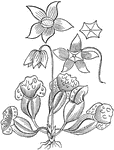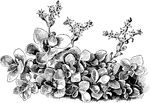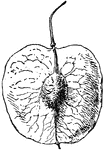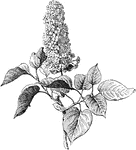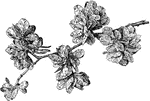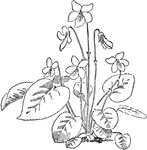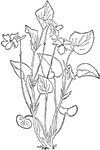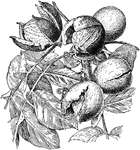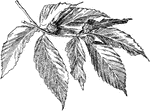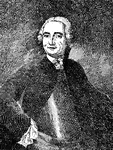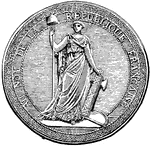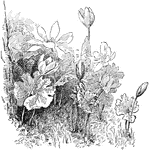
Flowering Sanguinaria
A perennial, herbaceous flowering plant native to eastern North America from Nova Scotia, Canada southward…

Smilacina Racemosa
This flowering plant belongs to the ruscaceae, which are common in North America.

Staphylea Trifolia
This plant is native to several parts of North America, including areas in south Florida.
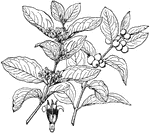
Symphoricarpos Occidentalis
This flowering plant belongs to the honeysuckle family, commonly seen in the North Americas.
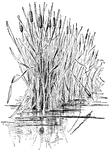
Typha Latifolia
Marsh plant featuring long flat leaves, commonly seen throughout North America, Europe and North Africa.
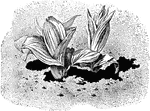
Veratrum Viride
Plant native to North America, featuring yellow leaves commonly used for medicinal purposes.

Juglans Cinerea
A tree native to North America featuring light wood and edible nut. The Cinerea are used to make brown…
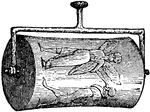
The Seal of Ilgi
"The royal seal or signet used by the Chaldean and Assyrian kings was in the form of a small cylinder,…
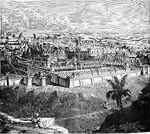
View of Jerusalem
"Finally should be mentioned Jerusalem, capital of Palestine. It is situated fifteen miles west of the…

Poison Oak
Also known as rhus diversiloba. It is a poisonous shrub located on the Pacific coast of North America…

The Common Blue Jay
Also known as Cyanocitta cristata. These birds have a loud, harsh voice and striking colors. They occasionally…
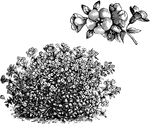
Polemonium Reptans
A flower that is native to eastern North American. It is either blue or white with leafy stems.
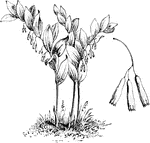
Solomon's Seal
Also known as Polygonatum multiflorum. Consists of several peduncles and white flowers. They are commonly…

Lilium Philadelphicum
North American lily plant bearing orange, purple, and red flowers, and can grow up to 90 centimeters.

Large White Cabbage Butterfly
Also known as Pieris brassicae. It is commonly found throughout Europe, Asia, and north Africa. The…

Burning of Charlestown
"This picture was drawn by a British engineer at the time of the battle. The view is from Copp's Hill,…

Bunker Hill After the Battle
"This picture was drawn by a British engineer a few days after the battle. The view is from the north…
View Looking North from Butt's Hill
"The view shows the intrenchments in the foreground. The Americans retreated past the houses in the…
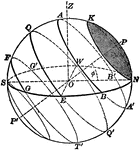
The Sphere of the Sky
"One standing at O will only see the half of the Sky which is above the circle NESW. The whole sky will…
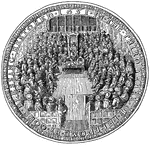
Great Seal of England Under the Commonwealth
The seal used to symbolize the monarch's approval of important state documents.
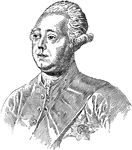
Lord North
Frederick North was the Prime Minister of Great Britain from 1770 to 1782. He led Great Britain through…
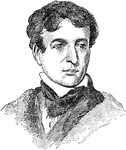
Earl of Durham
A title of Peerage of the United Kingdom, created for the prominent Whig politician John Lambton. He…
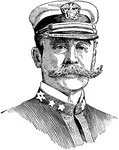
Robert E. Peary
An American explorer who claimed to have been the first person to reach the geographic North Pole.
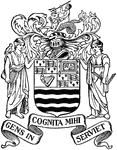
Seal of the Council for New England
The seal of the Council for New England, during the colonial era.

Great Seal of Andros
The seal of Sir Edmund Andros, the 3rd and 5th Royal Governor of colonial Maryland.
